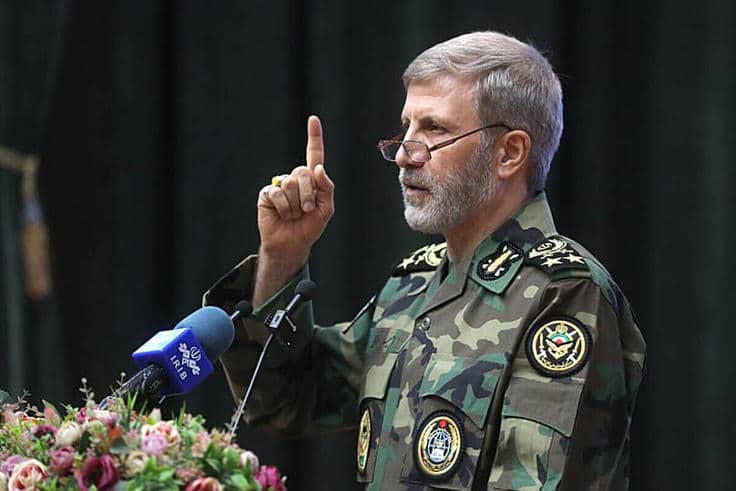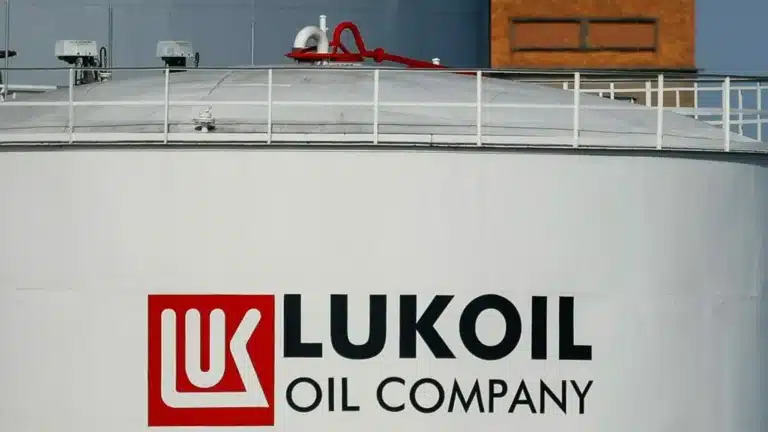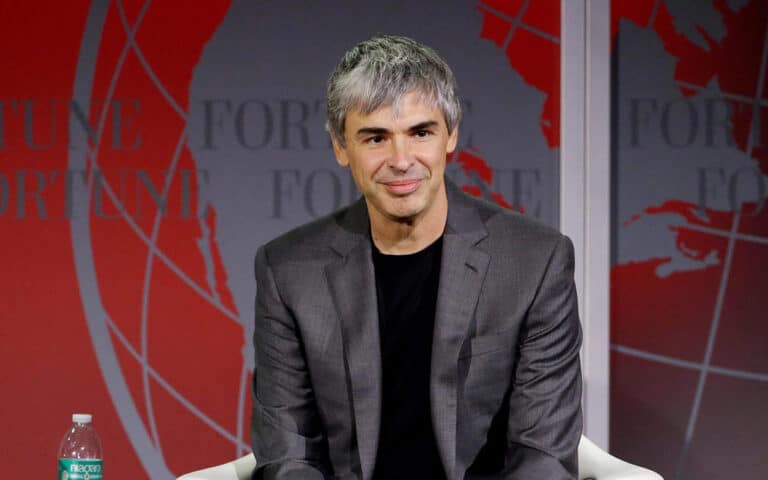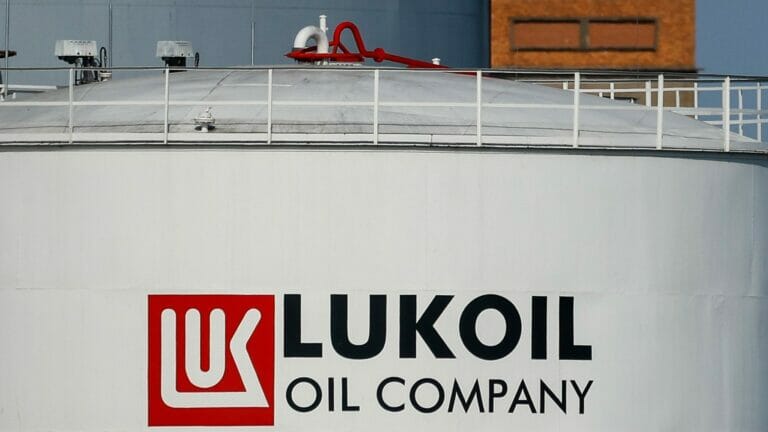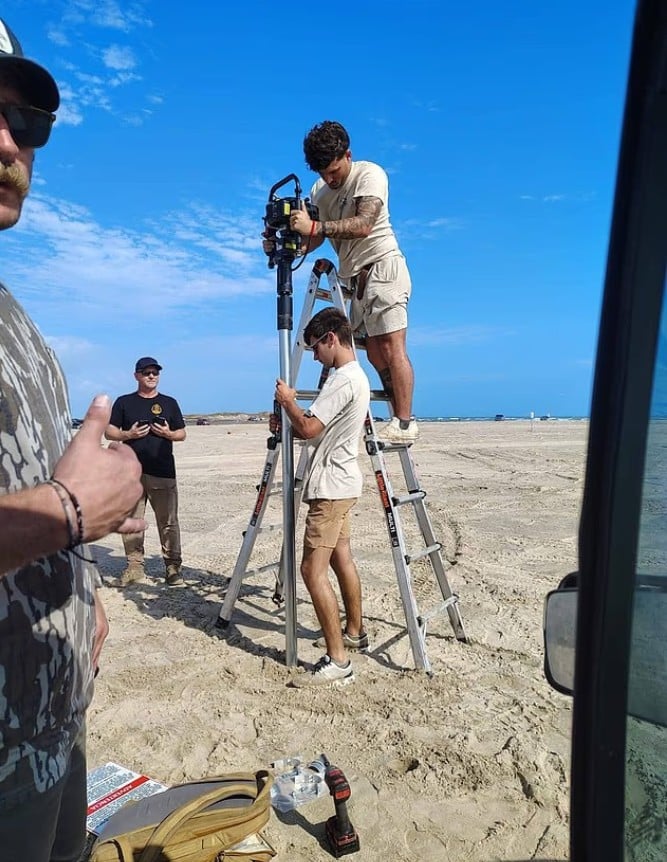
Photo: AIIB
The AIIB is actively contributing to the development of Uzbekistan’s road infrastructure by co-financing road construction projects in the Bukhara region and Karakalpakstan. The bank also plans to invest further in Uzbekistan’s transport infrastructure in the future. Kursiv Uzbekistan talks to the Transport Specialist at the Asian Infrastructure Investment Bank, Runze Yu, about the current and upcoming projects in Uzbekistan.
Old roads, new efforts
— What project has been recently implemented in Uzbekistan by the AIIB?
— Uzbekistan is a key partner for our new projects. We have a robust program with the Committee for Roads under the Ministry of Transport, which has received support from the AIIB and has made significant progress in developing the country’s road infrastructure. We are actively involved in constructing a 78-kilometer A380 international highway in the Karakalpak region, for which we have provided a $165.5 million loan to the government to support the reconstruction efforts.
We also focus on a local road project in Karakalpakstak, covering over 500 kilometers and including over 40 road sections. I am particularly excited about this project as it will directly benefit local communities. Many of these roads have not been repaired since 1919 and are in dire need of attention. The residents eagerly anticipate the government’s efforts to fix these roads, and we are proud to be a part of this initiative.
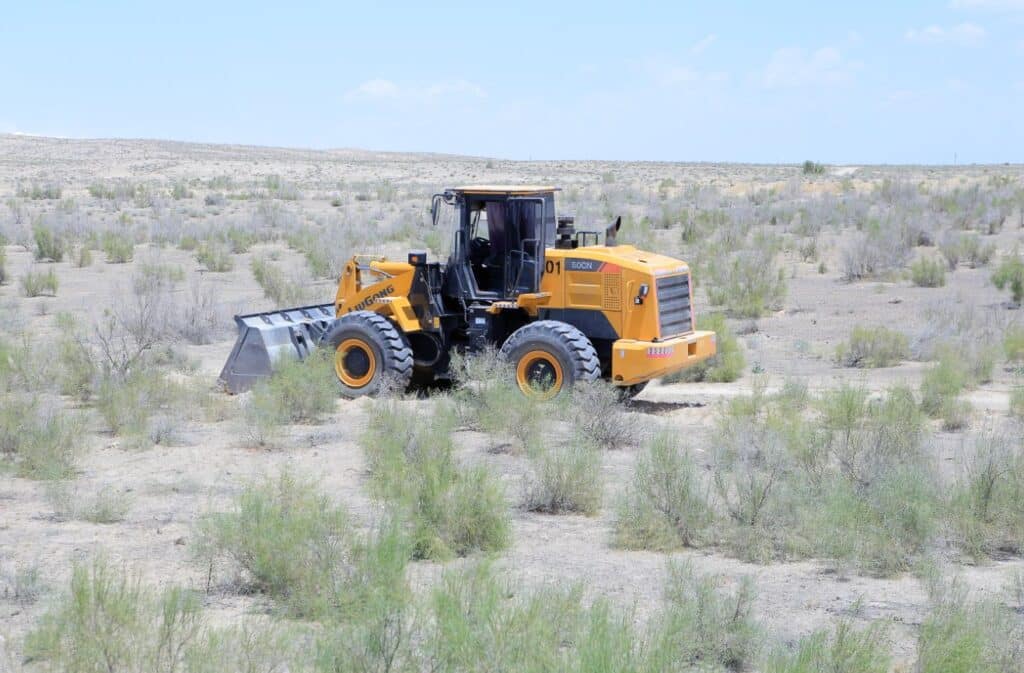
Collaborative approach
— Did you conduct thorough research before embarking on road construction to understand the potential impact on the local and national economy? It would be beneficial for the public to gain insight into the significant role that multilateral development banks such as the AIIB play in these initiatives.
— It is often assumed that we operate like commercial banks, simply looking at credit and granting loans. However, our approach is far more collaborative. We work closely with our member countries and their governments, often getting involved at the earliest stages to identify worthy projects for foreign borrowing. Internally, we follow a detailed project cycle for each endeavor.
Before approving a loan, we meticulously assess the project through three key steps: why the AIIB should invest in it, what the investment should entail, and why specific parameters have been chosen. This method ensures that our investments are strategic and impactful.
The third question we must address is how to implement the project effectively. Given that our projects involve working with the government, it is crucial to assess and mitigate implementation risks. We must also ensure that the government has a robust institution to support the project’s implementation. Furthermore, we need to thoroughly study how the project will bring about benefits and quantify these through economic analysis, which is vital for our operations.
It is crucial to emphasise that our efforts extend beyond the bank. We actively engage the government, design institute and consultants at each stage. Our primary role is to foster collaboration, particularly in this region where sharing information can be challenging. We can effectively demonstrate our value addition by facilitating communication, ensuring alignment among all stakeholders and integrating international best practices from the bank.
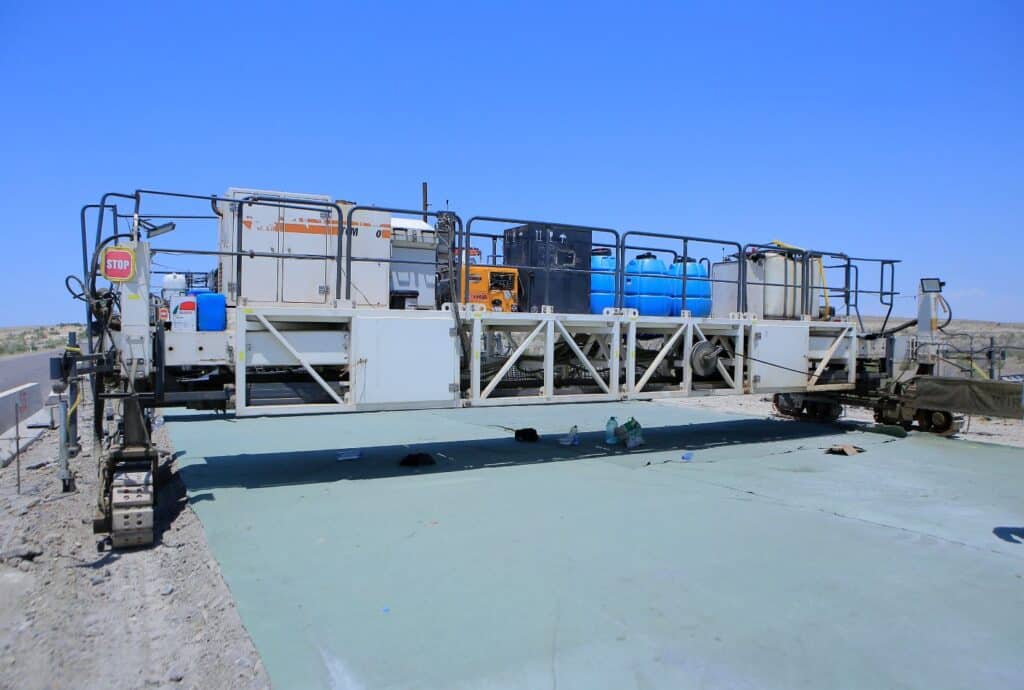
— The current project you are working on incorporates new and innovative technologies, isn’t it?
— The roads in Uzbekistan may have been built using older Soviet technologies, but there may also be some newer digital elements. I can’t say for sure. However, this country is not necessarily reliant on outdated technology or standards.
The standards are quite high for Uzbekistan. For example, in a recent project, we collaborated with the National Design Institute to integrate climate resilience measures in a road project. It is crucial to consider factors such as flash floods, even in dry areas, as they can swiftly damage the roads.
To ensure effective water drainage, a well-elevated road and properly designed drainage slopes are crucial. This will facilitate the quick dispersal of water into the culvert or under the bridge. It is important to thoroughly examine all the drawings and design standards to ensure everything meets the necessary criteria.
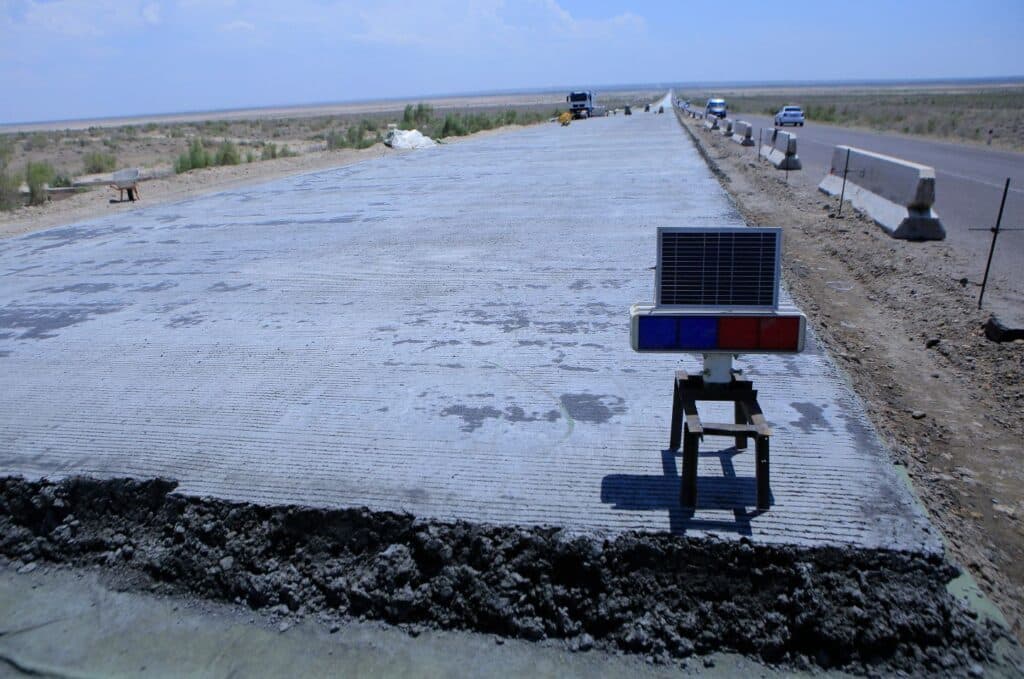
Tangible reality
— How can we ensure that climate resilience designs are being consciously developed, and how can we improve them further? Moreover, what steps can we take to bring these designs to life through actual construction?
— We can proactively collaborate among experts, consultants, design institutes and the government to address these questions. This collaborative approach will help us ensure that these designs become a tangible reality in the future. It is important to focus on projects that we can work on now and that have the potential to materialise in the future within our country.
Let’s delve into the road sector. We are actively opening up opportunities for local roads and will continue to do so. The Republic of Uzbekistan plays a vital role in the country’s development, and we are enthusiastic about contributing to it. Furthermore, we are actively exploring prospects in international highways, trunk roads and corridors, and we are committed to collaborating with the government to pursue new projects.
For instance, we are considering a project in the Bukhara region for next year. In addition to focusing on roads, our company is also making strategic investments in the railway sector.
Electrification is a significant advancement, and we are incredibly excited about the potential in aviation electrification, electric vehicles, charging infrastructure, and logistics. The country has abundant opportunities waiting to be explored.
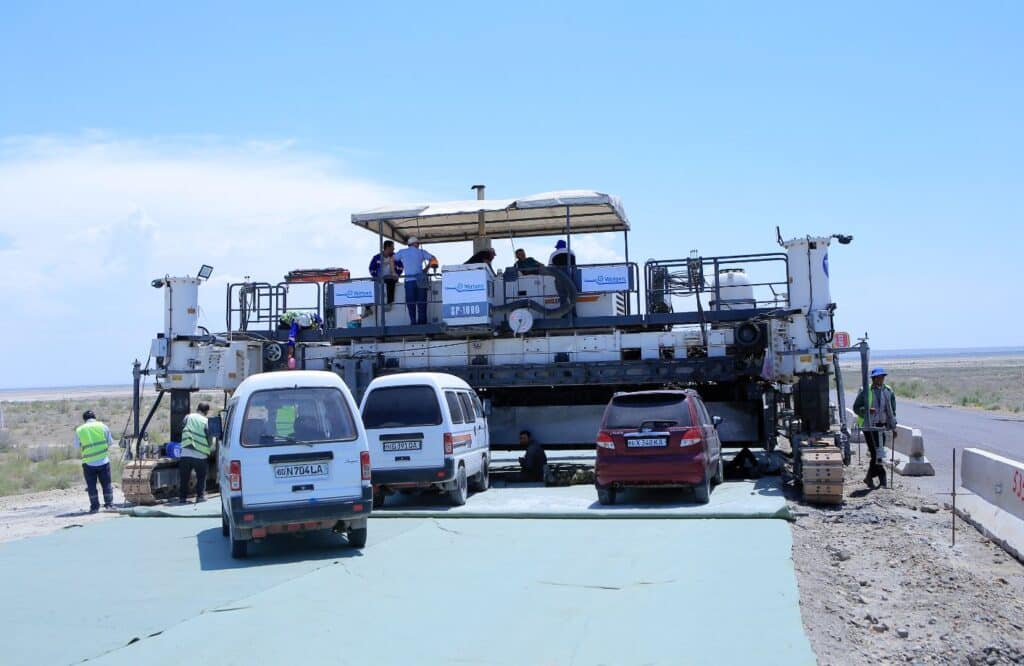
— Why is your bank choosing to invest in infrastructure? I understand that it’s a priority for your bank, but what are the reasons behind this decision?
— Today, I had an insightful discussion with Deputy Minister about the railway project linking China, Kyrgyzstan, and Uzbekistan. Further research revealed China’s road investments in Uzbekistan as part of the Belt and Road Initiative.
Through my extensive experience in emerging and developing economies, I have recognised the pressing need to address the infrastructure financing gap, which remains a significant challenge for economic development.
Fostering peace and economic growth is contingent upon facilitating connections between people, necessitating robust infrastructure. Notably, the AIIB has expanded its investment scope to include social infrastructure such as schools and hospitals, indicating a positive shift in its approach.
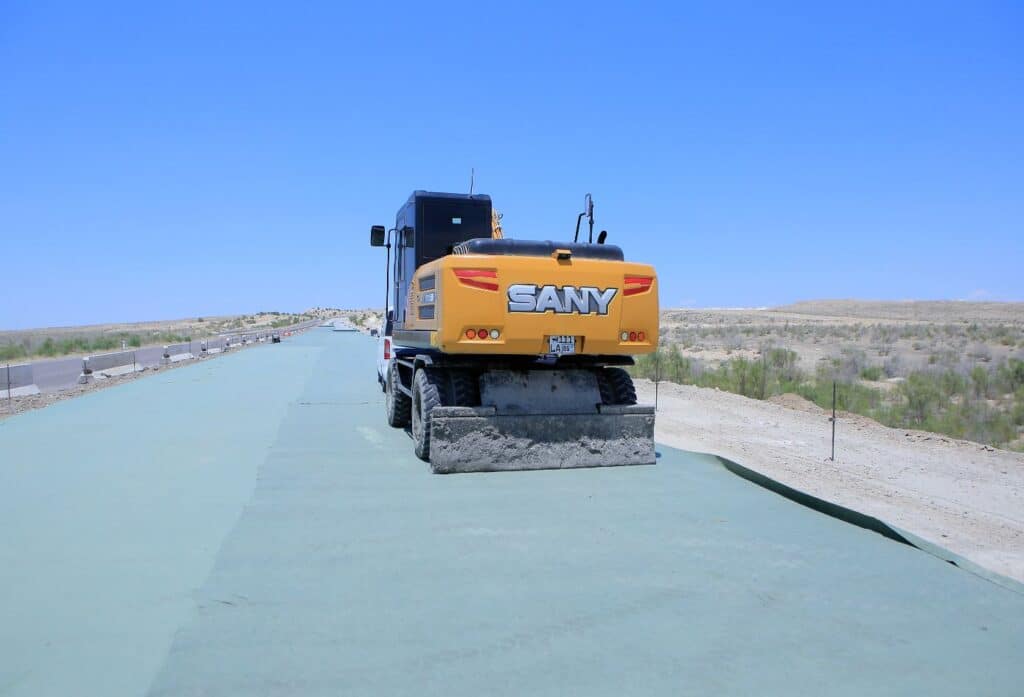
During the annual meeting, I actively engaged in a session on climate-related policy-based lending, underscoring the AIIB’s commitment to financing policy reforms aligned with climate objectives.
The bank’s unwavering emphasis on infrastructure underscores its role in economic development. As for my ongoing projects, I oversee the construction of a substantial bridge in Tajikistan as part of the 41 International Highway.
Additionally, I am eagerly anticipating my upcoming project in Georgia. Collaboratively, we are also involved in a bypass project with a development bank in Kazakhstan, and we are actively exploring opportunities in both Kazakhstan and Kyrgyzstan.
— Would you be open to discussing Kazakhstan with us?
— I have minimal information about Kazakhstan because our media coverage is focused on other countries. I understand that it involves co-financing with the World Bank, and I am confident it will be implemented soon.
— What are the financial conditions for the government projects you are working on?
— We co-finance with other development partners, such as the World Bank, and undertake projects solely funded by our organisation.




